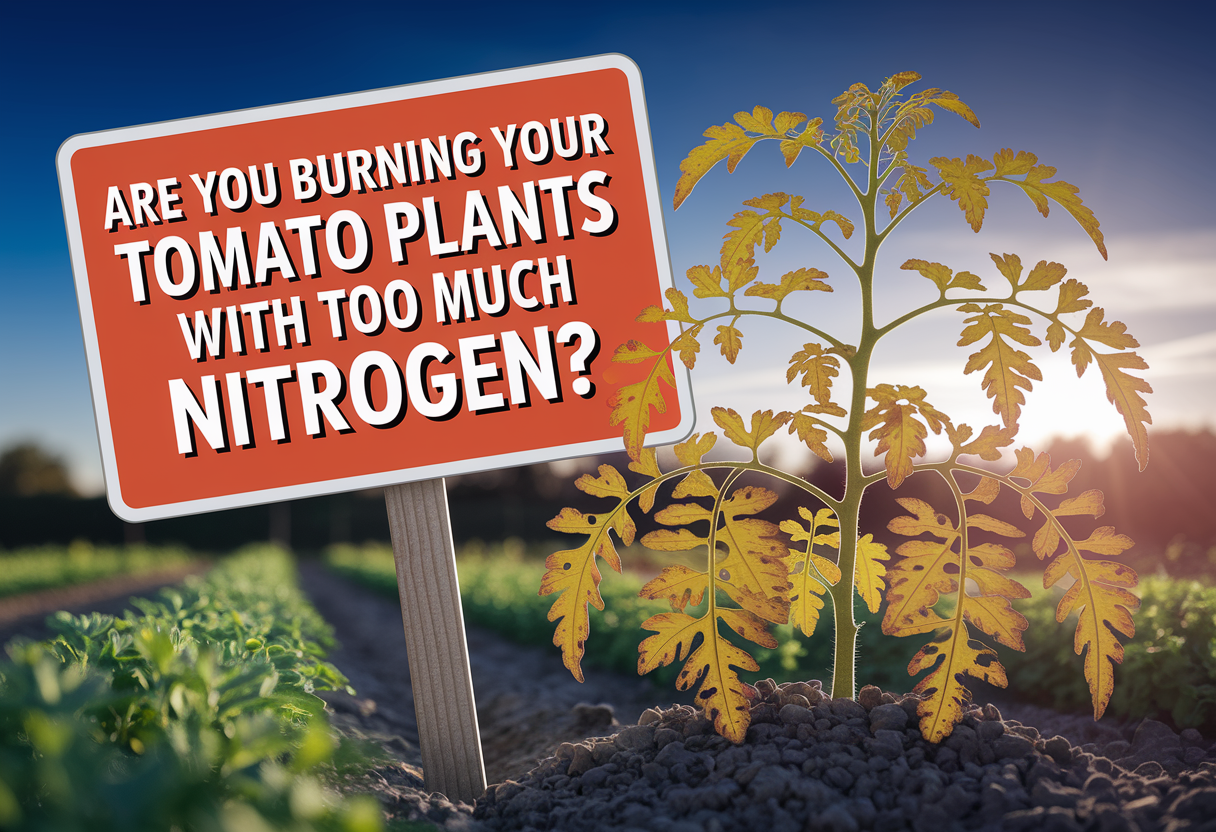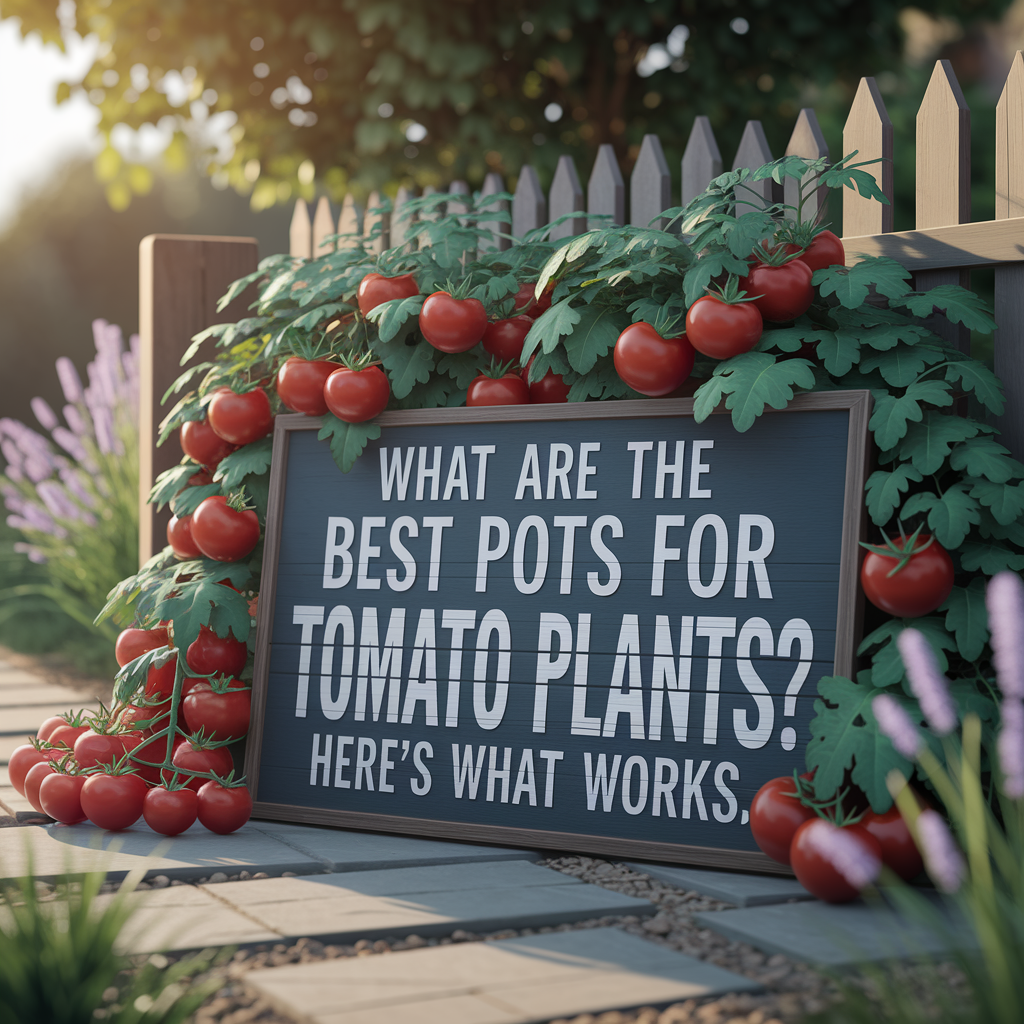
Why Choosing the Right Pot for Your Tomato Plant Matters
If you’re anything like me, you’ve probably tried growing tomatoes in whatever container you had lying around—an old plastic bucket, a small ceramic pot, maybe even a storage tote. I’ve been there. I wanted to grow juicy, fresh tomatoes without overthinking the pot. But over the years, I learned the hard way that picking the wrong container can seriously mess with your plant’s health and harvest.
Tomato plants aren’t too demanding—but when it comes to root space and drainage, they don’t mess around. Without enough room to stretch their roots, they’ll get root-bound fast. That stunts growth and leads to yellowing leaves, fewer tomatoes, and overall disappointment. A container that’s too shallow or doesn’t drain well will leave your plant struggling with soggy roots or dried-out soil.
The right pot gives your tomato plant the room to thrive, supports its weight, helps regulate moisture, and even boosts fruit production. And let’s be honest—when your plants look strong and your tomatoes are ripening perfectly on the vine, it just feels good. You feel like a garden boss. 🍅
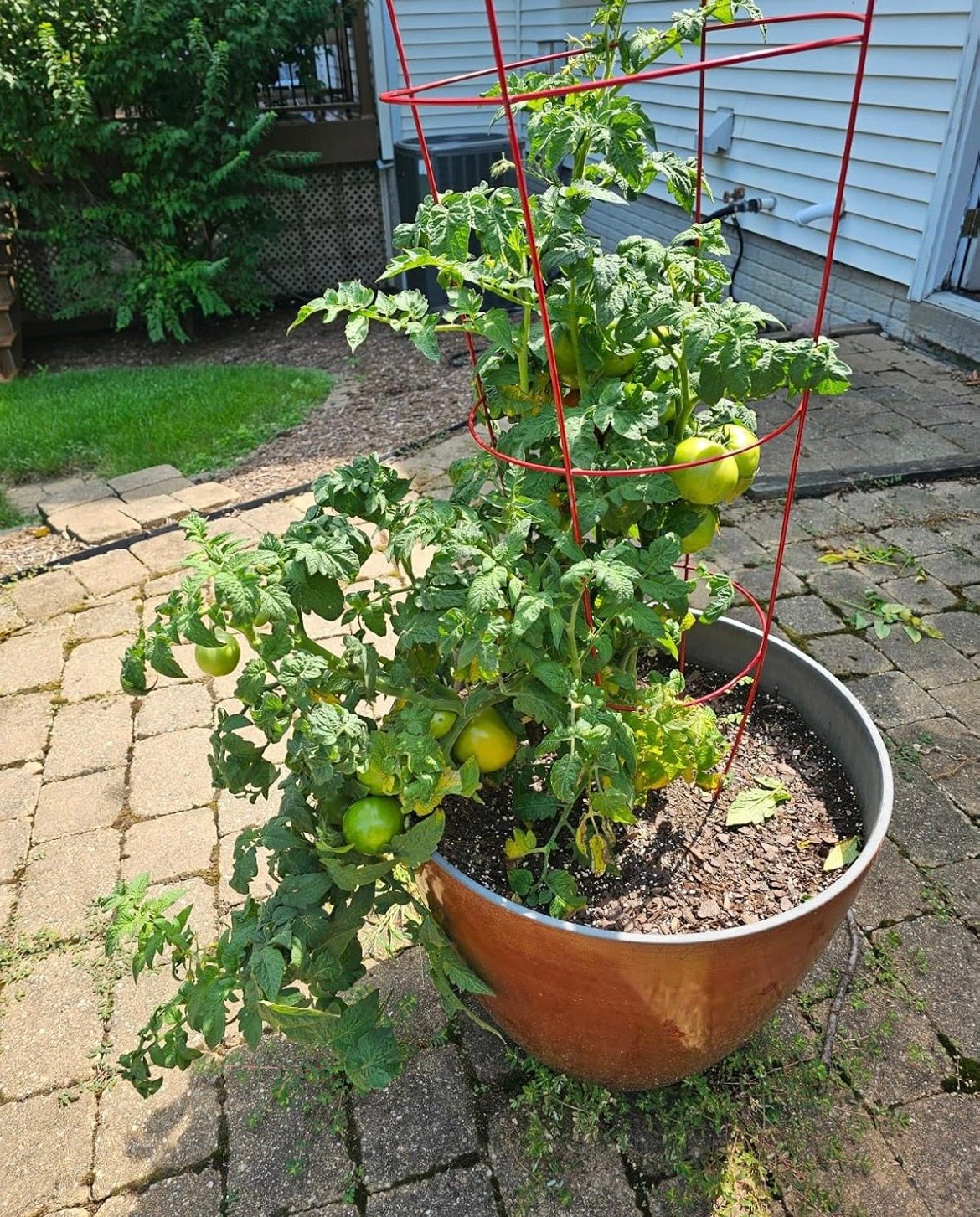
How Big Should a Pot Be for Tomato Plants?
This is probably the question I get asked the most, and for good reason. Tomato plants can get huge—especially indeterminate varieties that keep growing all season. So the short answer? Go big. Then go a little bigger.
Here’s the sweet spot I’ve learned to stick to:
- Determinate tomatoes (bush types): 5-gallon pots are usually enough
- Indeterminate tomatoes (vining types): 10-gallon or larger is ideal
- Minimum depth: At least 12 inches deep—but 18 inches is better
- Root zone comfort: Think of it like a small tree—more room = more roots = more fruit
If you try squeezing an indeterminate tomato into a small 3-gallon pot, it’ll grow for a bit, then stall out. I’ve done it. It’ll sulk, dry out quickly, and maybe give you one or two sad tomatoes. Not worth it.
That’s why I always recommend something like these 👉 10-Gallon Grow Bags for Tomatoes That Actually Work. They give roots room to breathe, and they’re easier to move if you’re chasing sunlight on a patio or deck.

What Type of Pot Is Best for Growing Tomatoes?
Let’s break down the types of pots that actually work for tomatoes—because not all containers are created equal. I’ve tried dozens over the years, from buckets to ceramic planters to smart grow bags. Here’s what I’ve learned from real experience:
1. Grow Bags
These are my personal favorite. They’re lightweight, breathable, and promote air pruning (which helps prevent root circling). Plus, they’re super easy to store in the off-season.
I use these exact ones: 10-Gallon Grow Bags for Tomatoes That Actually Work. They’ve held up through summer heat, heavy rains, and loads of tomatoes.
2. Plastic Pots
They’re cheap, easy to find, and come in all sizes. Just make sure they’re at least 5 gallons, have plenty of drainage holes, and are thick enough not to crack in the sun.
3. Raised Garden Beds
If you’ve got the space, these are gold. I love using them for tomato rows. The Raised Metal Garden Bed for Tomatoes and More is a great one that I’ve used for both cherry and slicing varieties. Raised beds warm up faster in the spring and drain well—perfect for strong root growth.
4. Ceramic or Clay Pots
They look pretty but can dry out fast and crack in cold temps. I’ve used them for patio tomatoes, but I had to water them constantly. Not ideal if you forget to water once or twice (guilty!).
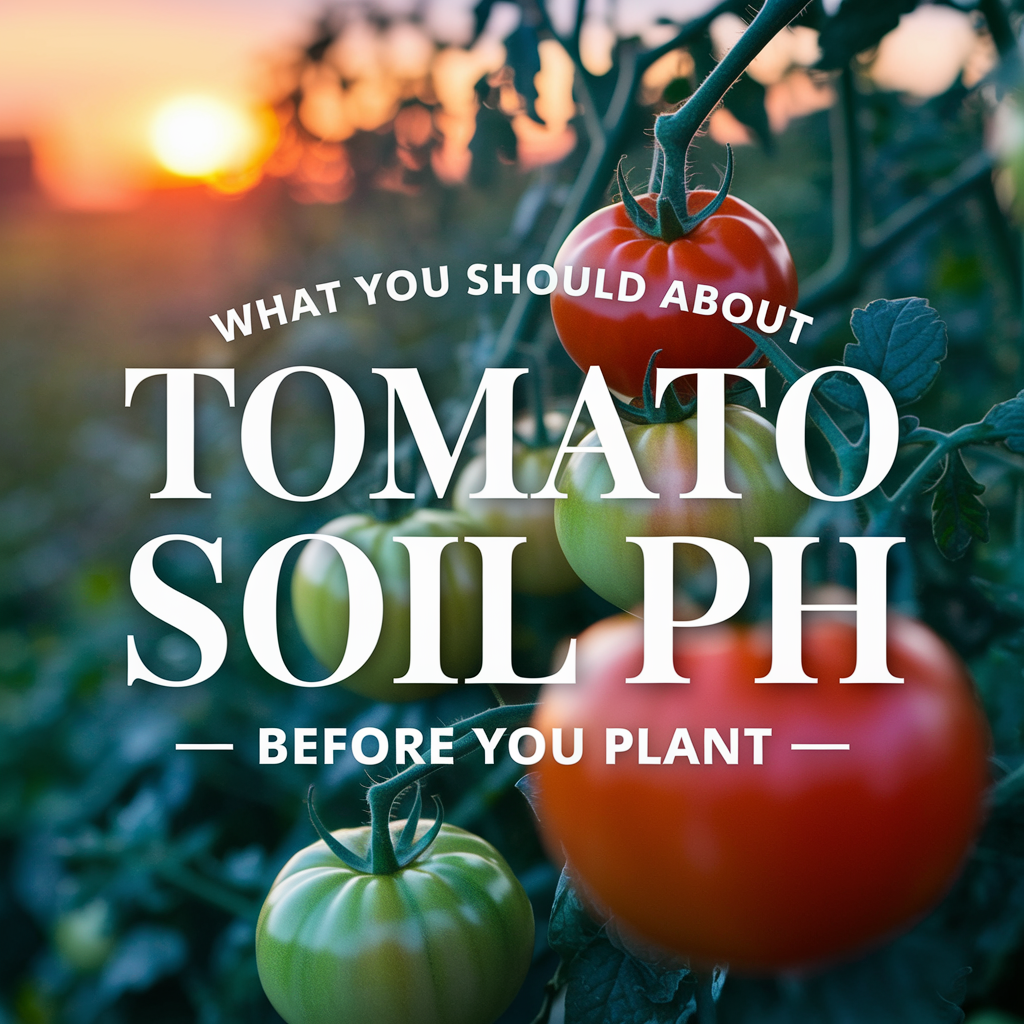
Do Tomato Plants Do Better in Pots or in the Ground?
This one depends on your space, but I’ll say this—you can absolutely grow amazing tomatoes in containers, as long as you choose the right ones. I’ve had better yields in containers some years than in the ground, especially when I could control watering and soil conditions.
Here’s why containers might be your best bet:
- You can move your plants to chase the sun or protect from storms
- It’s easier to prevent soil diseases and control pests
- You get to custom-blend your soil—no guessing what your yard’s dirt is lacking
That said, tomatoes in the ground have unlimited root space. But if your native soil is poor, compacted, or full of pests (hello, root-knot nematodes), containers actually give you the upper hand.
And remember, if you’re growing in containers, always make sure your plants have sturdy support like a trellis or cage. I personally recommend these heavy-duty Tomato Cages That Actually Hold Up—they’ve made my life way easier during harvest season.
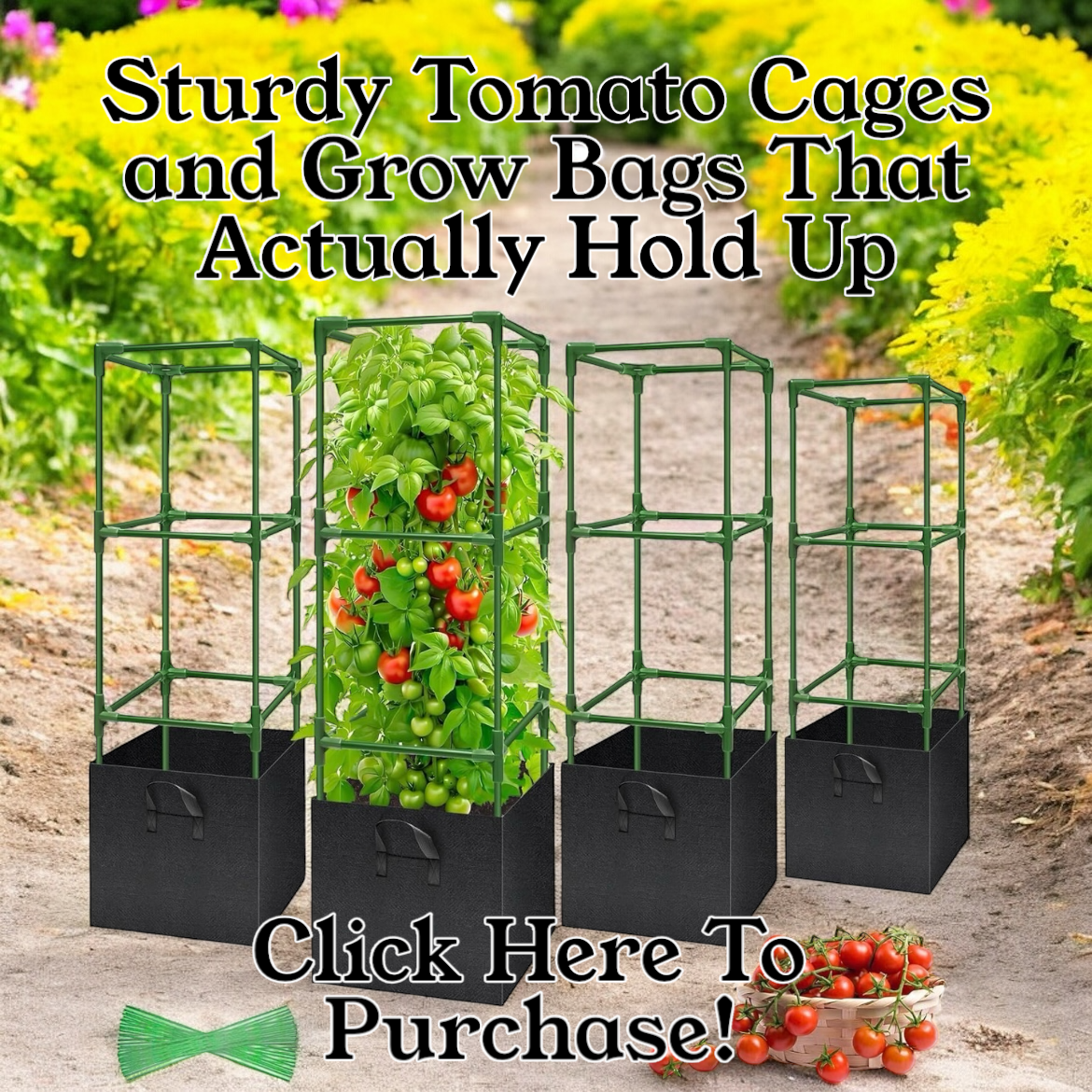
How Deep Should a Pot Be for Tomato Plants?
This is one of those questions I hear all the time—and it’s super important. Tomato plants aren’t shy about growing deep roots. If you want strong, productive plants, the pot depth matters just as much as the width.
Here’s the sweet spot I’ve found from trial and error:
Minimum Depth: 12 to 18 inches
For cherry tomatoes, you can sometimes get away with 12 inches, but I personally recommend going deeper—especially for indeterminate (vining) types. A 10-gallon pot is about perfect, which is why I use these: 👉 10-Gallon Grow Bags for Tomatoes That Actually Work
The deeper the pot, the better water retention and root development you’ll get. Shallow pots dry out too fast, and your tomatoes end up stressed and stunted.
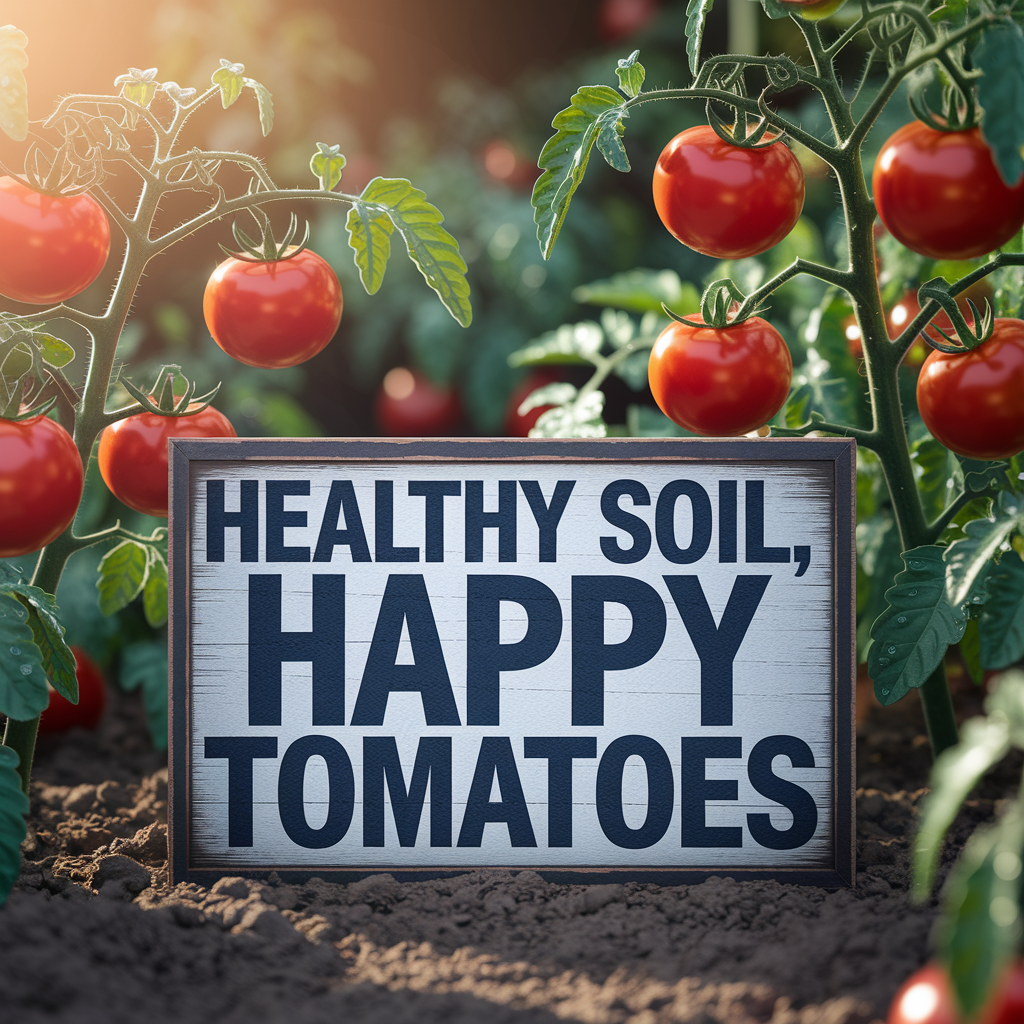
What to Put in the Bottom of a Tomato Container?
Don’t just dump soil in and call it good—what you layer at the bottom makes a difference, especially for drainage and healthy roots. Over the years, here’s what I’ve learned works best:
- Small rocks or broken clay pieces – Help prevent compacted drainage holes
- A layer of rough compost or sticks – Natural drainage and feeds your plant over time
- Quality potting mix – Don’t skimp here! Your tomatoes will only grow as good as their soil lets them
I always use a tomato-friendly mix and toss in some organic fertilizer or worm castings. And if you’re serious about tomato health, grab a good 👉 Soil Test Kit like this one to check your pH and nutrients. It’ll save you from a whole lot of guessing later on.
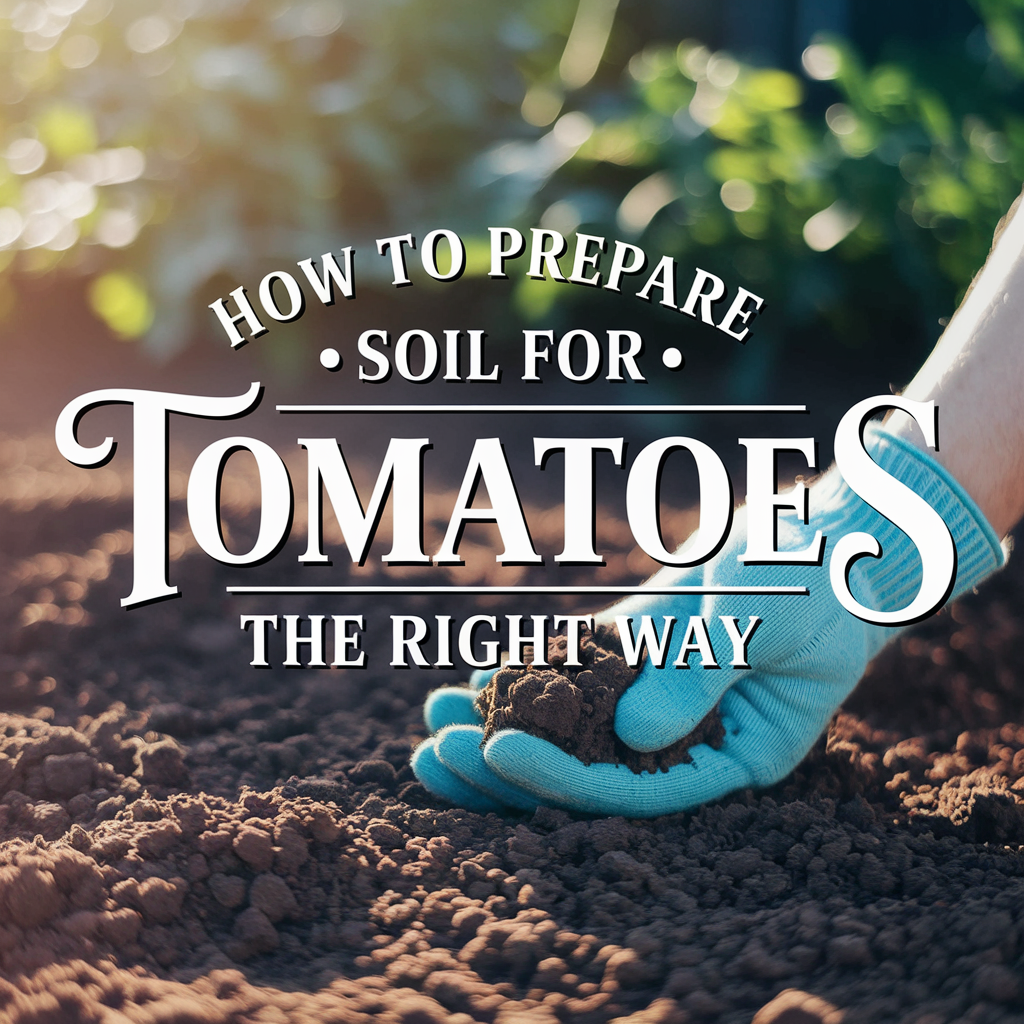
Can You Grow Tomatoes in Small Pots?
Technically, yes—but just because you can doesn’t mean you should. I’ve tried growing tomatoes in small pots before (under 5 gallons), and let me tell you—it’s like trying to grow a tree in a coffee cup.
Here’s what happens in smaller pots:
- The roots get crowded fast
- The soil dries out quicker than you can water
- The plant gets stressed and often won’t fruit well
If you’re growing patio or dwarf tomato varieties, a smaller pot might be okay. But for full-size tomatoes, I’d go with at least 10 gallons. If space is limited, something like this 👉 Raised Metal Garden Bed works beautifully for multiple plants and gives their roots room to stretch.

How to Keep Potted Tomato Plants Healthy All Season
Container tomatoes need a little more attention than in-ground ones—but the payoff is worth it. To keep yours thriving:
- Water consistently – Tomatoes hate drying out and getting soaked again
- Feed them – Use a tomato-specific fertilizer every couple weeks (I like this one: 👉 Best Tomato Fertilizer I’ve Used to Boost Growth)
- Stake or cage them early – Don’t wait for them to flop
- Watch for pests – Containers don’t keep bugs out! I always keep this 👉 Insect Control Spray on hand just in case
Stick with it, and your containers can produce just as many juicy tomatoes as a raised bed or garden plot.
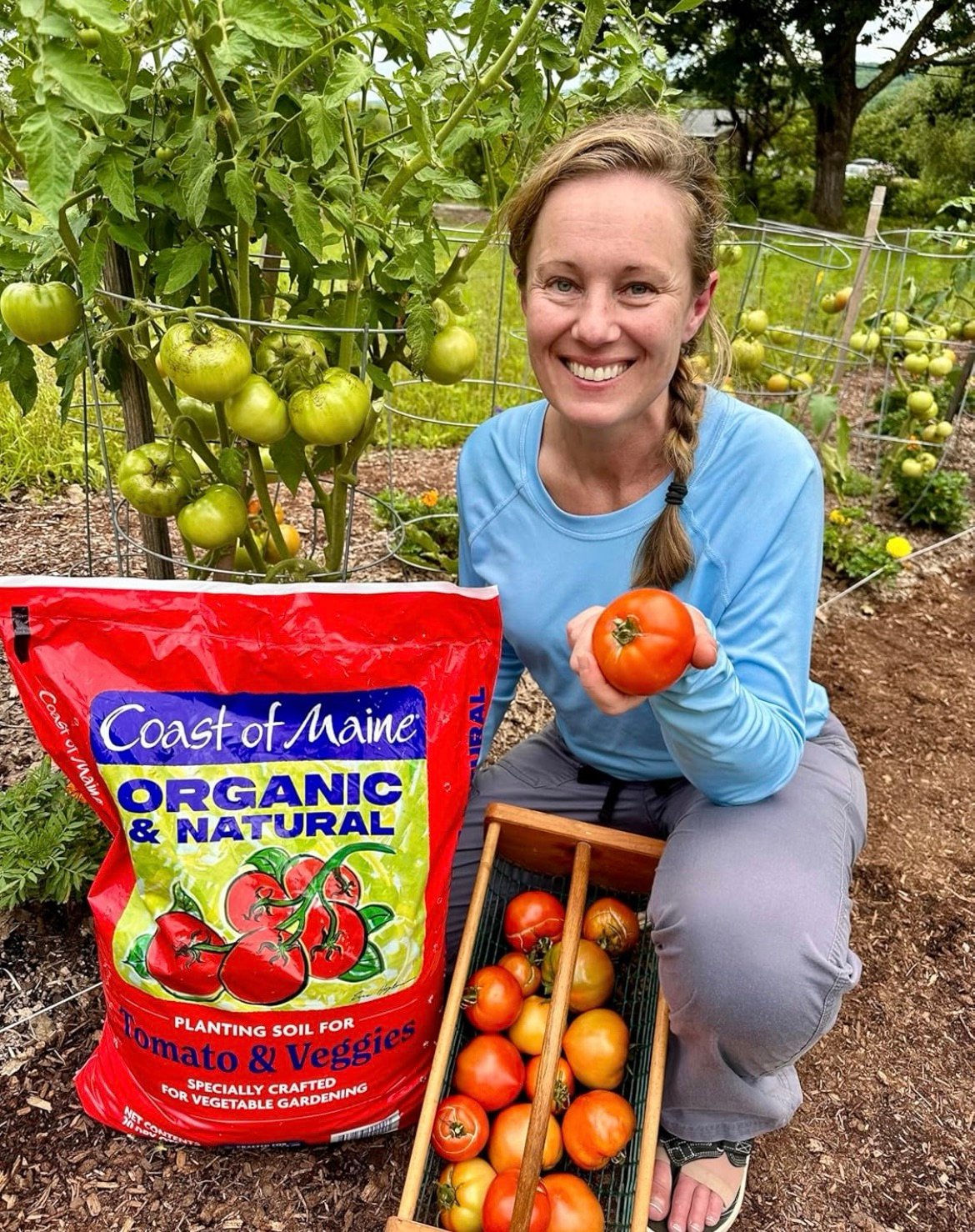
Best Potting Mix for Tomatoes in Containers
If you want those juicy, plump tomatoes, don’t skimp on the soil. Regular garden dirt won’t cut it—it compacts and suffocates roots in containers. What you want is a light, fluffy potting mix that drains well and holds moisture.
I always go with:
- Peat moss or coco coir as a base
- Mixed with perlite or vermiculite for drainage
- And a touch of compost for nutrients
You can also add a scoop of worm castings or a slow-release tomato fertilizer to give your plants a strong start. And if you want to test your soil’s pH before planting (yes, it matters!), I recommend this handy 👉 4-in-1 Soil Meter.
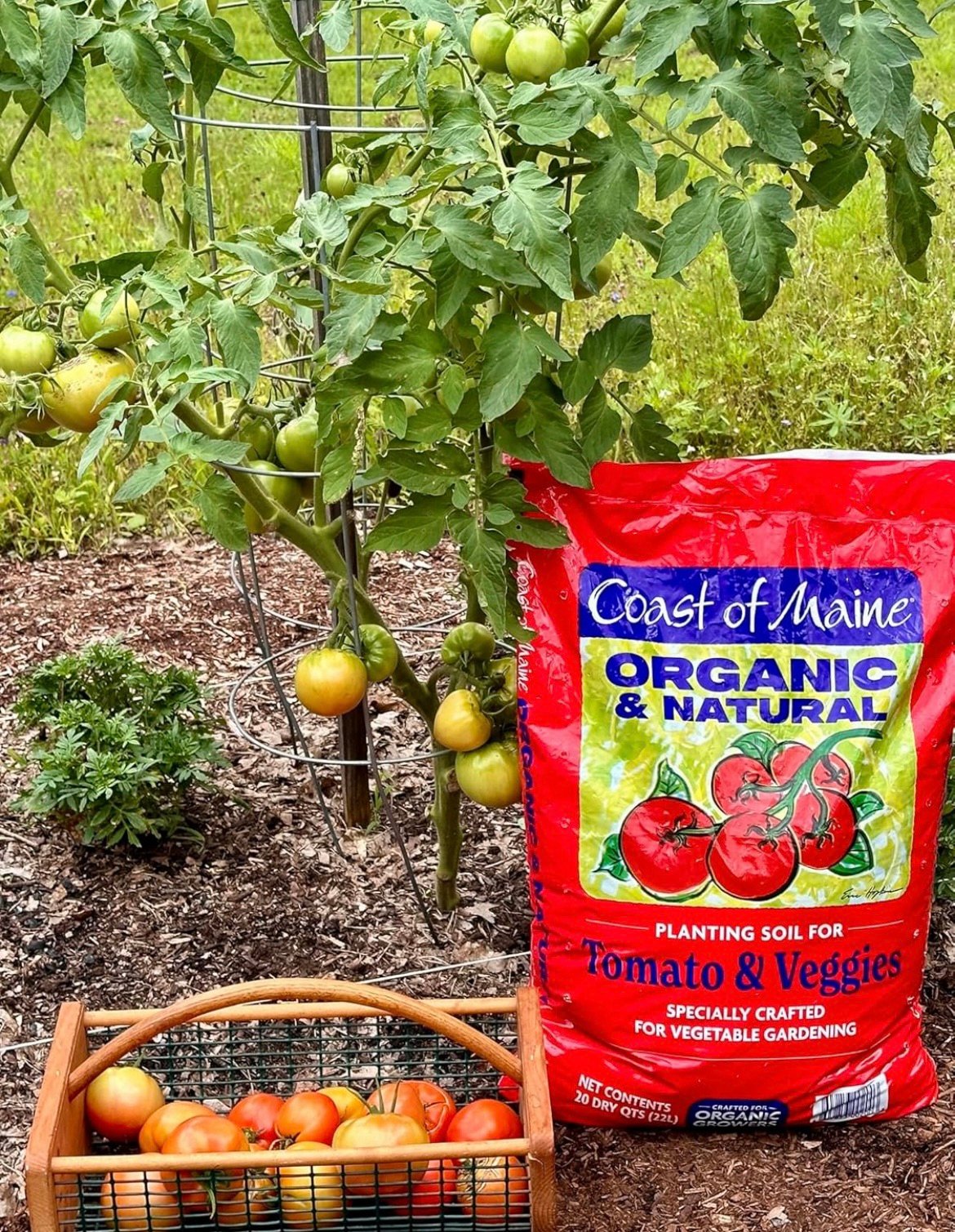
What to Put Under Pots to Prevent Rot and Drainage Issues
One thing folks forget: where you set your pots matters. I’ve had pots sitting on a deck or patio that end up with mildew and rot underneath. Yuck.
Here’s what I do to keep things dry and clean:
- Plant risers – Little plastic or metal stands that lift pots off the ground
- Bricks or pavers – Stack under the container to create airflow
- Wire shelving – Great if you’re lining up several pots
It’s also smart to use containers with multiple drainage holes, not just one tiny one. Trust me, poor drainage equals sick tomato plants. You’ll save yourself a lot of headaches just by keeping those pots lifted and drained properly.
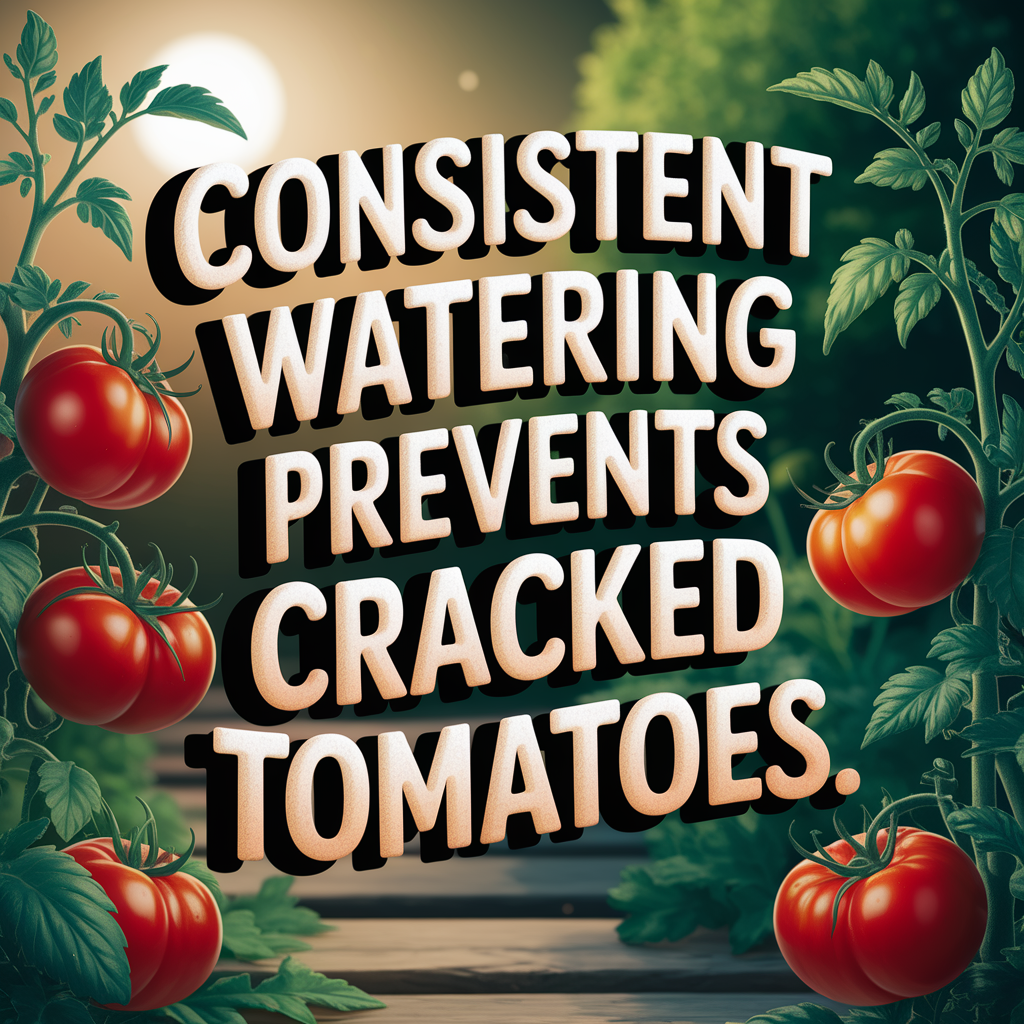
How Often Should You Water Tomatoes in Pots?
Tomatoes in containers dry out faster than ones in the ground—especially during the heat of summer. I’ve had to water mine daily when temps hit the 90s. But how often you water really depends on the size of your pot, the weather, and the potting mix you’re using.
Here’s what I’ve learned:
- Stick your finger into the soil about an inch deep—if it’s dry, it’s time to water.
- Morning is the best time to water—it prevents fungal issues.
- Avoid wetting the leaves. I use a watering wand or slow drip to go straight to the roots.
If you’re tired of guessing, that 💧4-in-1 soil meter tells you moisture levels so you don’t drown or dry out your plants.
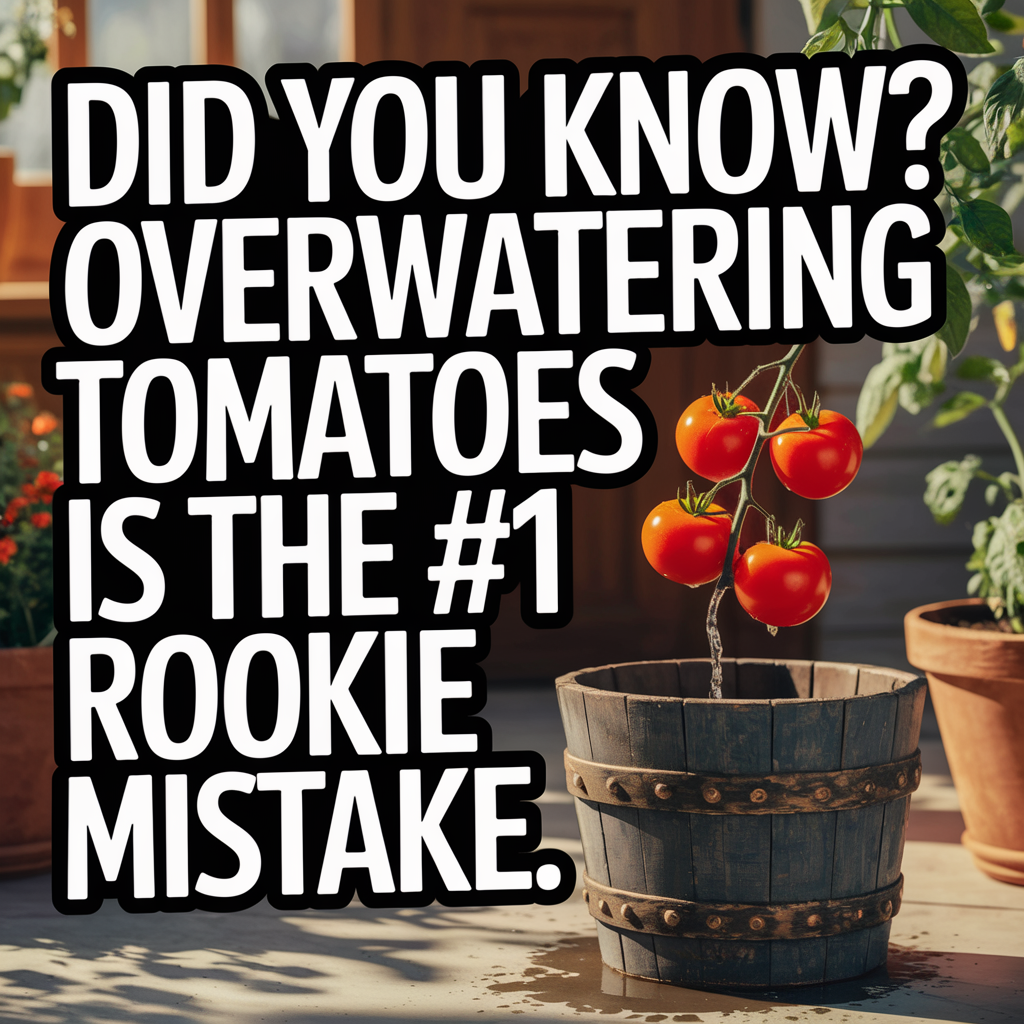
Are Grow Bags Better Than Plastic Pots for Tomatoes?
This one’s debated a lot—but here’s my take after growing in both for years.
Grow bags:
- Allow better air pruning of roots (no root circling)
- Stay cooler in hot weather
- Are super lightweight and easy to move
Plastic pots:
- Retain moisture longer
- Are more durable season to season
- Look tidier on patios or balconies
Personally? I love grow bags, especially the 10-gallon ones. They’re breathable, affordable, and give me massive harvests. You can check out the ones I use here 👉 Best 10-Gallon Grow Bags for Tomatoes.
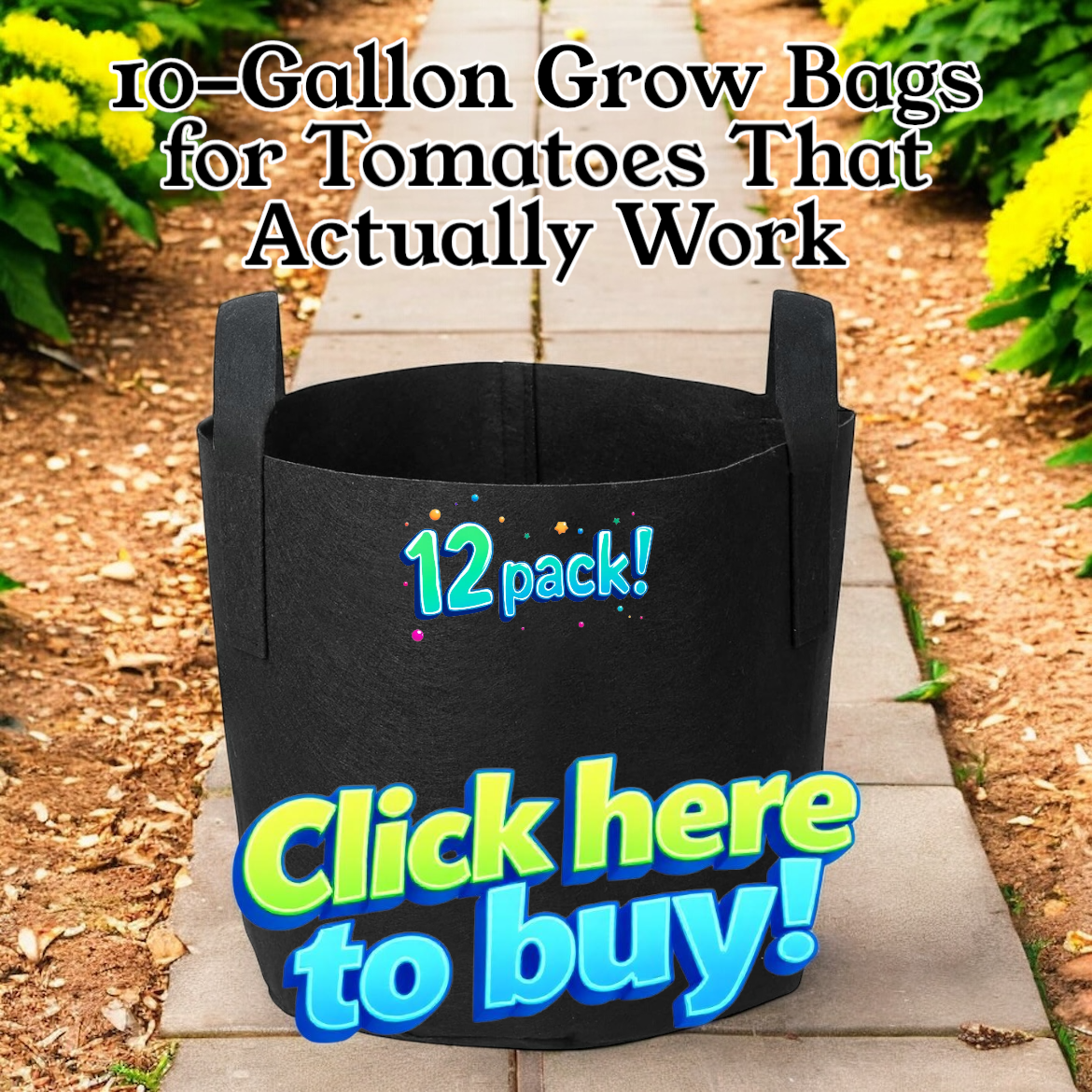
Do Tomatoes in Pots Need More Fertilizer?
Absolutely. When I first started growing tomatoes in containers, I didn’t realize how quickly nutrients wash out with watering. Potting soil just doesn’t hold onto nutrients like garden soil does.
I learned the hard way—my plants looked amazing in May but by July, they were yellowing and producing tiny fruit. That’s when I found out container tomatoes need more frequent feeding.
Here’s what works best for me:
- Start with a slow-release fertilizer mixed into the potting soil at planting time.
- Every 1–2 weeks, feed with a liquid tomato fertilizer like the 🌱 Farmer’s Secret Tomato Booster—it’s seriously given me bigger, juicier tomatoes every season.
- If you’re using grow bags or smaller containers, feed a little more often since nutrients leach out quicker.

Should Tomato Pots Have Drainage Holes?
Yes—always. If your container doesn’t drain, you’re basically inviting root rot to take over.
I’ve made this mistake once with a decorative pot that looked cute but didn’t have drainage. That plant didn’t last more than a few soggy weeks.
Even raised beds and large metal planters like the one I use 🪴 here need good drainage. If water pools at the bottom, roots suffocate. Drill extra holes if you need to. I’ve even elevated some pots on bricks just to keep things draining right.
When in doubt: drain it out.
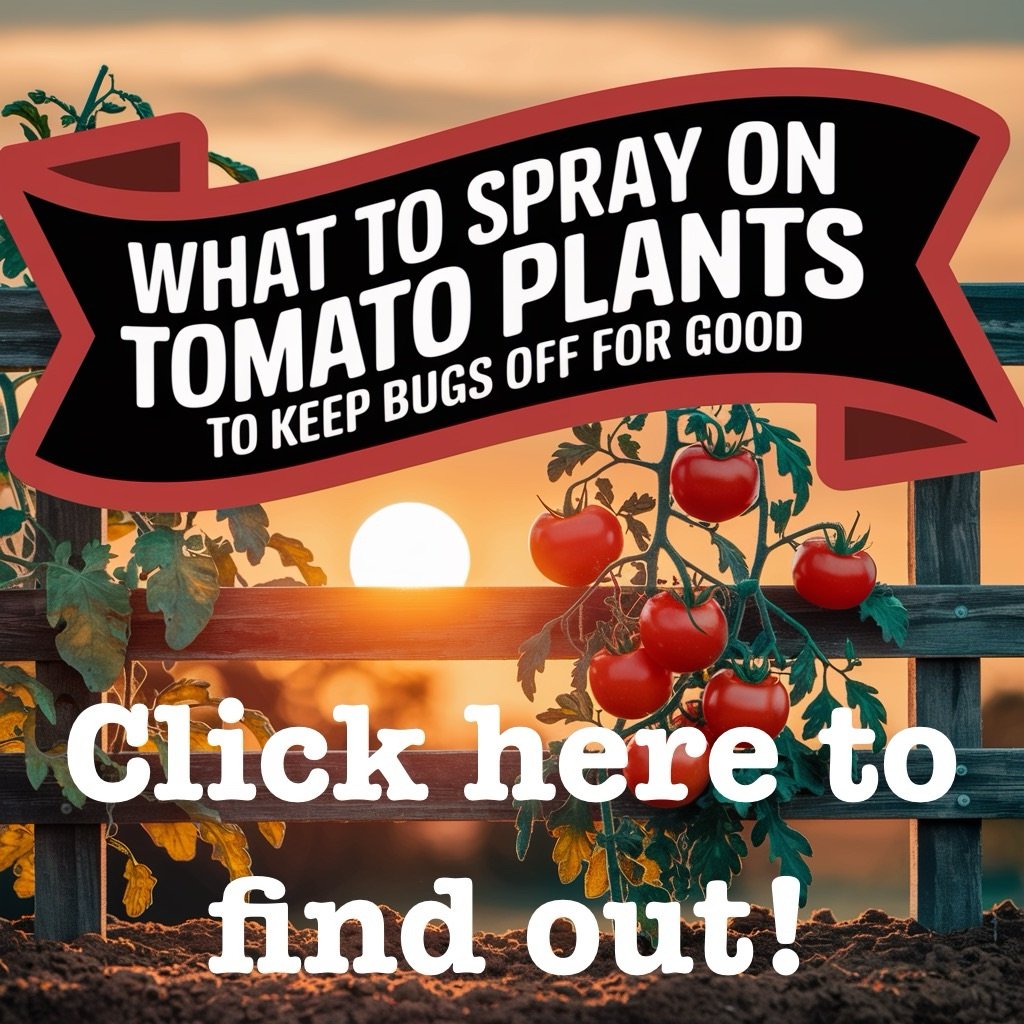
Our Final Thoughts on Choosing the Best Pots for Tomato Plants
When I first started container gardening, I had no clue how much the right pot could change the health and yield of my tomato plants. Over the years, I’ve tested everything—from cheap plastic buckets to fancy metal raised beds—and let me tell you, not all pots are created equal.
The best pots for tomato plants come down to three main things: size, drainage, and material. Skip the undersized containers and go for at least 10 gallons if you want serious growth. Make sure they drain well, and don’t be afraid to invest in breathable grow bags like these 🍅 10-gallon fabric pots with handles—they’ve become one of my go-to solutions.
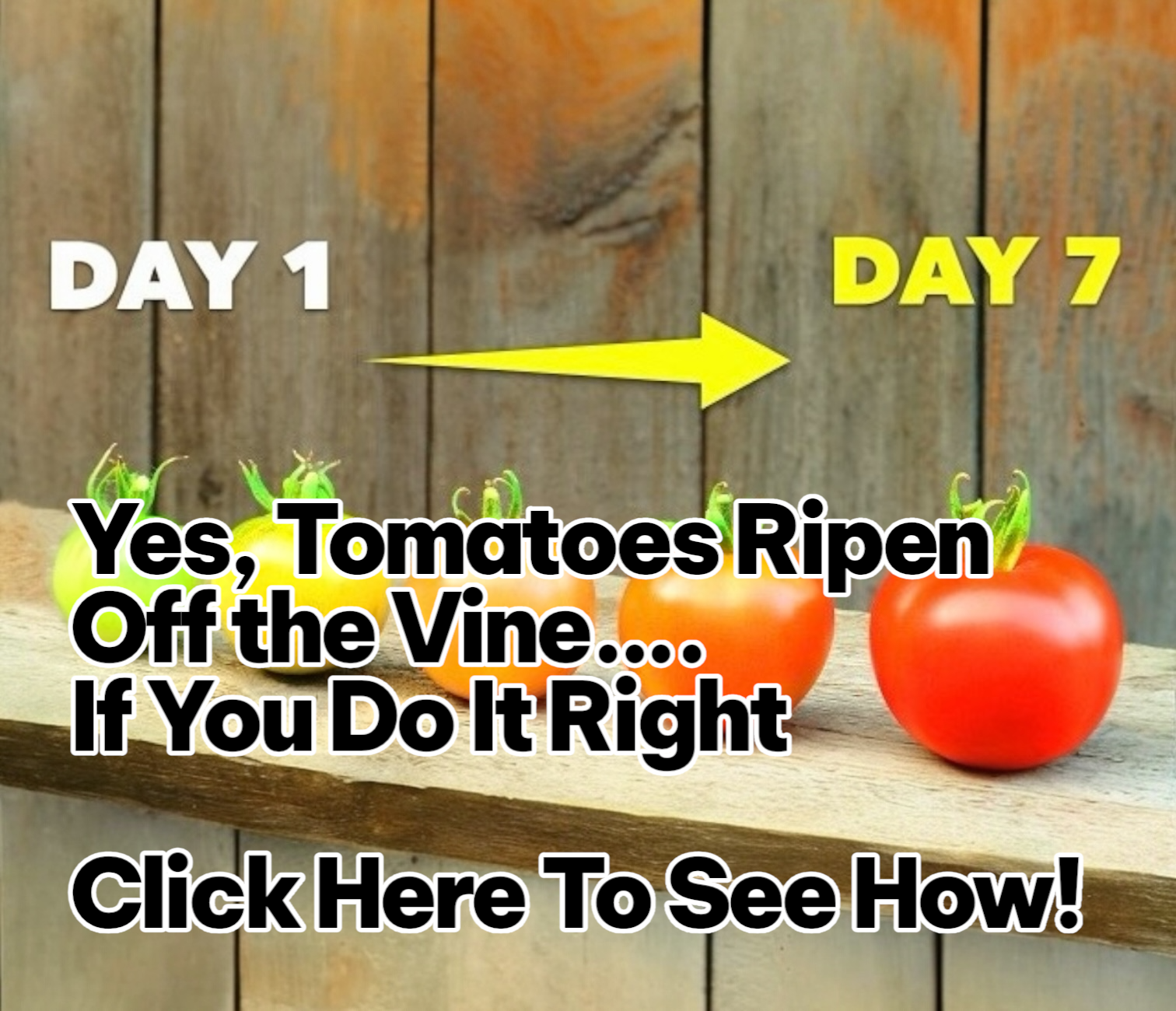
If you want support and structure too, the tomato cages with built-in grow bags are another solid pick. And for a more permanent setup, you can’t go wrong with a raised galvanized planter—mine has lasted through years of sun and storms.
No matter what container you choose, the goal is to give your tomatoes room to breathe, drain, and feed easily. The right pot really does set the stage for your best harvest yet.
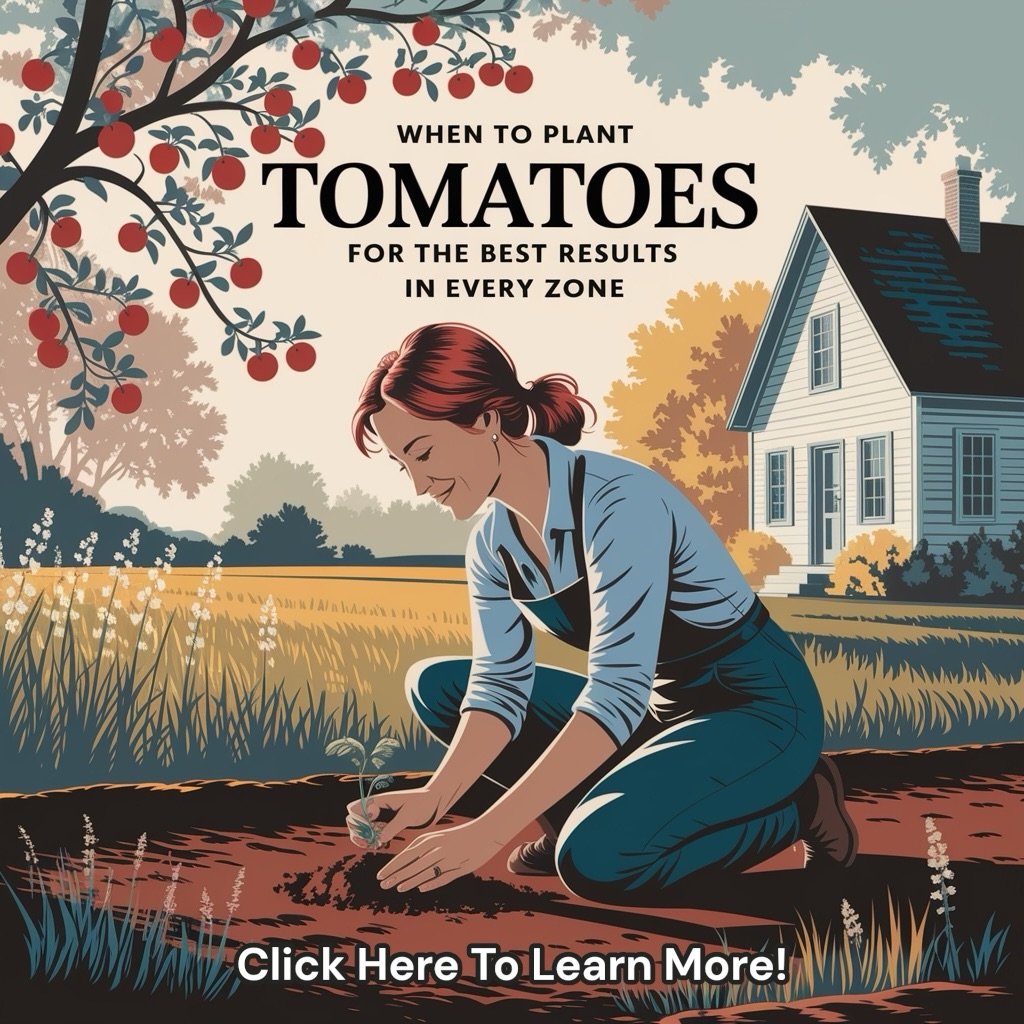
As an Amazon Associate we earn from qualifying purchases through some links in our articles.

